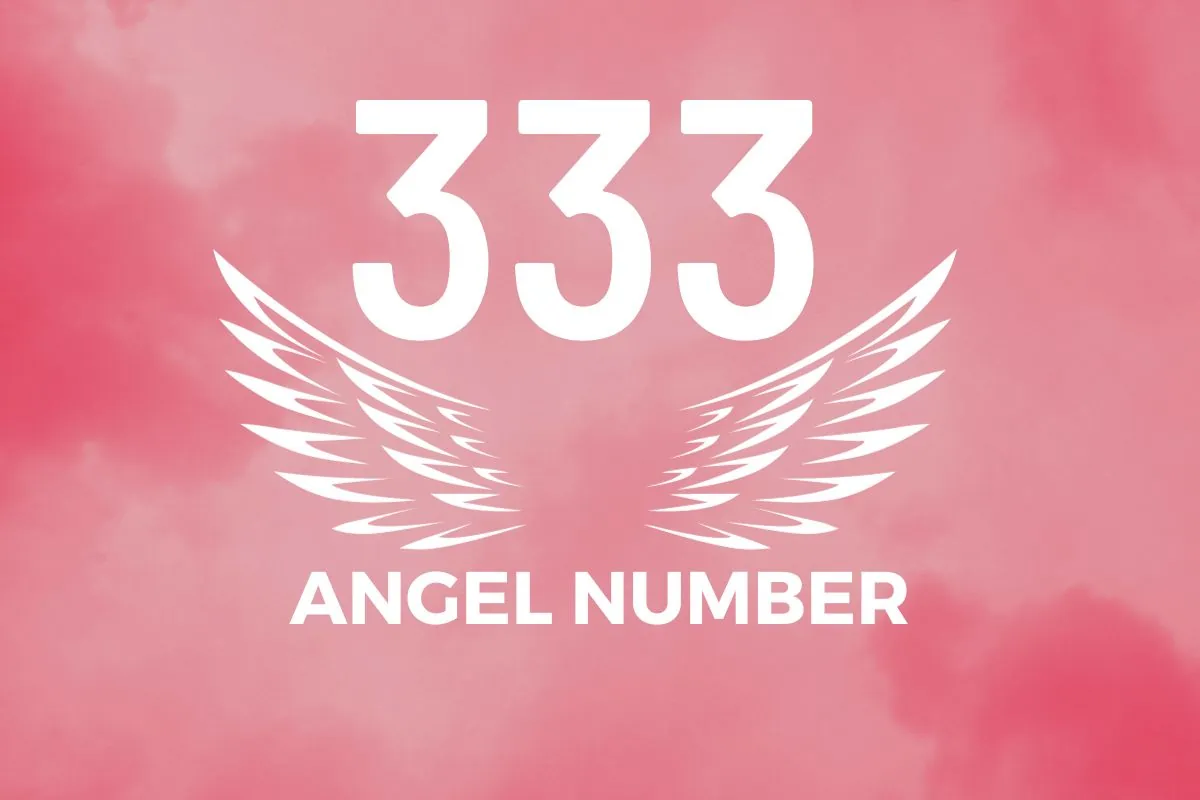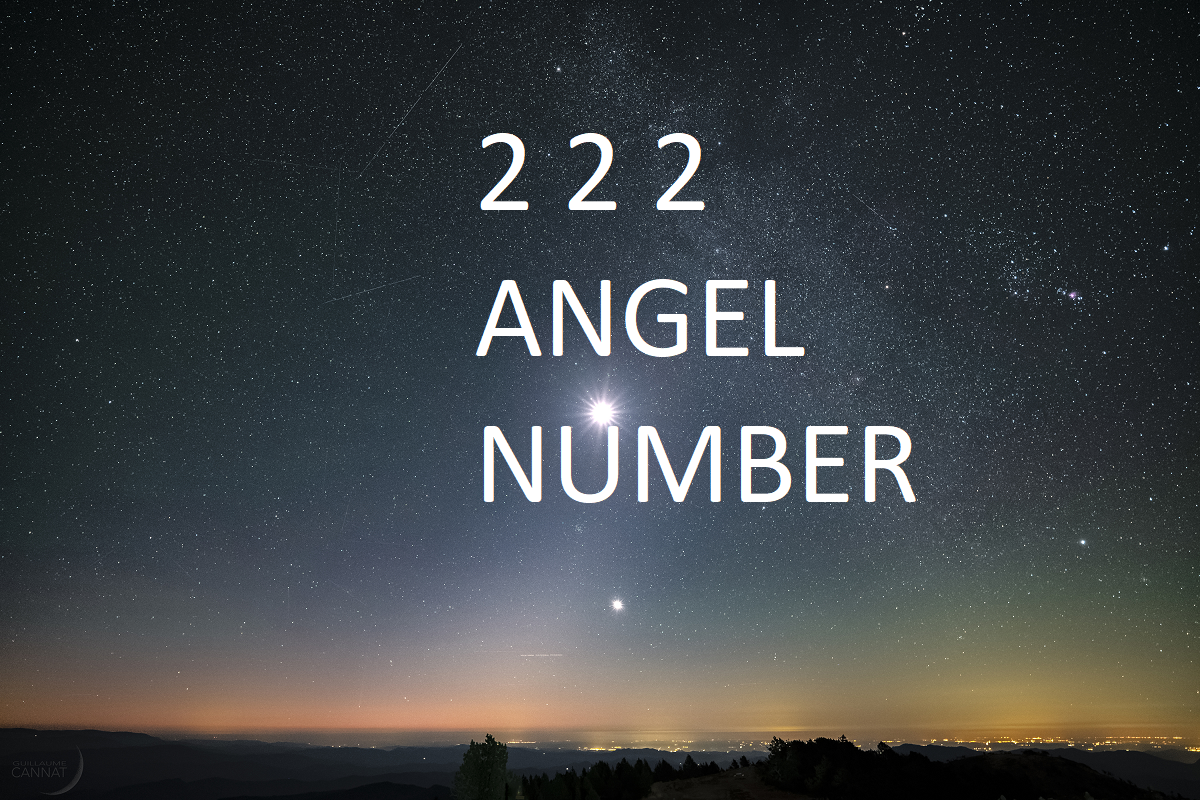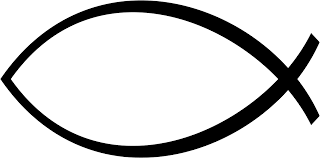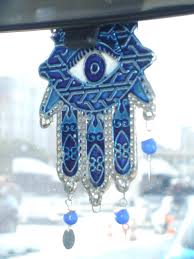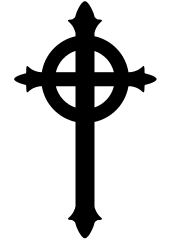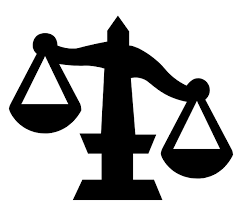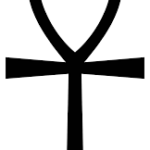
Ankh symbol
| Symbol | Ankh |
| Religion | Ancient Egyptian religion, Coptic Christianity |
| Origin | The Ankh symbol, also known as the key of life, the key of the Nile, or crux ansata (Latin for "cross with a handle"), originated in ancient Egypt. |
| Meaning | The Ankh symbolizes life, immortality, and the afterlife. It represents the concept of eternal life and is often associated with deities such as Osiris and Isis. |
| Appearance | The Ankh is composed of a looped cross with a handle, resembling a key or a T-shaped cross with a loop at the top. |
| Colors | In ancient Egyptian art, the Ankh was often depicted in various colors, although its traditional color is typically depicted as gold or brass, symbolizing its association with the sun and life. |
| Usage | The Ankh was frequently used in religious ceremonies, depicted in art, and worn as an amulet or charm by ancient Egyptians as a symbol of protection and eternal life. It was also placed in tombs and used in burial rituals to ensure the deceased's eternal journey in the afterlife. |
| History | The Ankh symbol dates back to ancient Egyptian civilization, with evidence of its use dating as far back as the Early Dynastic Period (c. 3150–2613 BCE). It remained an integral part of Egyptian religious iconography throughout various dynasties and periods. |
| Popularity | The Ankh symbol remains popular in contemporary culture, often adopted as a symbol of life, spirituality, and ancient Egyptian heritage. It has been incorporated into various forms of art, jewelry, and tattoos. |
| Importance | The Ankh holds great importance in Egyptian religion and culture, symbolizing the divine concept of eternal life and the cycle of life and death. It was revered as a powerful symbol of protection and was believed to possess magical properties. |
| Complexity | While visually simple in design, the Ankh carries complex symbolism and spiritual significance within the context of ancient Egyptian religion and mythology |
| Emotions | The Ankh symbol evokes feelings of reverence, spirituality, and connection to ancient Egyptian beliefs about life, death, and the afterlife. It can also evoke a sense of mystery and wonder about the rich cultural heritage of ancient Egypt. |
The Ankh is an ancient Egyptian hieroglyphic symbol that represents life and immortality. It is one of the most recognizable symbols of ancient Egypt and is often seen in art, jewelry, and religious objects.
The Ankh is shaped like a T with a loop at the top. The T-shape is thought to represent the human body, while the loop is thought to represent the sun, the source of life. The Ankh was often used in funerary art and was believed to help the deceased reach the afterlife.
The Ankh was also used as a talisman to protect the living from evil and to bring them good health and prosperity. It was also seen as a symbol of rebirth and renewal.
The Ankh is still used today as a symbol of life and hope. It is a popular choice for tattoos and jewelry, and it is also used in some religious and spiritual traditions.
Here are some of the different meanings of the Ankh symbol:
- Life: The most common meaning of the Ankh is life. It was often used in funerary art and was believed to help the deceased reach the afterlife.
- Immortality: The Ankh was also seen as a symbol of immortality. It was believed to give the bearer eternal life.
- Rebirth: The Ankh was also seen as a symbol of rebirth and renewal. It was used in ceremonies to celebrate the new year and the spring equinox.
- Sun: The loop at the top of the Ankh is often thought to represent the sun, the source of life.
- Water and air: The T-shape of the Ankh is sometimes thought to represent water and air, two other essential elements of life.
- Balance: The Ankh is sometimes seen as a symbol of balance, between the physical and spiritual worlds, or between male and female.
The Ankh is a powerful and enduring symbol that has been used for centuries. It is a reminder of the importance of life and the hope for immortality.
View rest of the Religious Symbols
-
444 angel number
-
333 angel number
-
222 Angel Number
-
Christianity
-
Catholic Fish
-
Hamsa Hand
-
Jesus Cross
-
Presbyterian
-
Judgement

